I can’t believe how good is Andor, the Star Wars TV show that debuted in September on Disney+. It’s a Star Wars show with no lightsabers, no Jedis, no Force-users of any kind—and it’s all the better for it.
The show, which stars Diego Luna, reprising his role as Cassian Andor from Rogue One, is a Star Wars show for grownups. In tone, Andor is closer to excellent adult science fiction shows like The Expanse and the rebooted Battlestar Galactica than any of the other Star Wars offshoots. (To prove it’s “for grownups,” the show even has a sex scene—well, as close as you get to a sex scene in a Star Wars story…)
Andor is created by Tony Gilroy, who took the James Bond genre and gave it a more grown-up sensibility with the Jason Bourne film franchise. (Gilroy was the co-writer of Rogue One.) I feel like Gilroy did a lot of research about oppressive regimes and revolutionary movements before launching this show, and that he has a lot to say! Ostensibly, Andor is about the growth of the Rebellion, which eventually leads to the events of Rogue One and the original Star Wars (“A New Hope“), but it’s really about how revolutions happen in the real world. The show is about the Empire and its oppression, but it could just as easily be about England and the American colonists, or Batista’s Cuba before Castro, or any historical resistance movement.
In previous Star Wars stories, we’ve been told that life under the Empire is “bad” (and in Star Wars, of course, we do see the Empire blow up an entire planet), but Andor digs into what everyday life is like for ordinary citizens: the Empire’s partnership with exploitative mega-corporations who rape the land and abuse their workers, a Kafkaesque bureaucracy, and an ultra-punitive judicial system—and ruling above them all the far-off Emperor (who is never seen in the show).
Do you know Reds, that epic Warren Beatty movie about American radicals—including John Reed, Louise Bryant, Eugene O’Neill, and Emma Goldman—of the early 20th century? I remember watching it back when it came out in the early 1980s when I was too young to follow most of the story. I remember thinking, “This is an adult movie.” (And I was able to understand it a lot better once I was a college graduate.) Well, believe it or not, I feel the same way about Andor.
The show is set in the period after Star Wars Episode III — Revenge of the Sith, when the Empire has established itself and totally wiped out any legitimate opposition. Former Separatists—the “enemy” in the infamous Star Wars prequels—make up some members of the resistance, but other figures are involved too: factionalists like Saw Gerrera (Forrest Whitaker), and current politicians like Mon Mothma (an excellent Genevieve O’Reilly)—future leader of the Rebel Alliance—who masquerades as an ineffectual socialite Senator but is deeply engaged with funding the resistance. Stellan Skarsgård is stellar (sorry, couldn’t resist) as an undercover rebel mastermind, the one who sees the potential in Cassian.
Andor does a really good job of portraying how fraught is life when you’re part of a revolutionary movement—how hard it is to trust your comrades because all it takes is one counter-agent to bring down the whole movement and send everyone to an awful fate.
The show’s characters—even the “baddies”—are complex. There are no heroes, just people trying their best to follow their beliefs. And then there is the main character, really well portrayed by Diego Luna, who’s trying to figure out what his beliefs are. Cassian Andor’s back story is fascinating, touching on issues of genocide—a continual theme in the show—but also explaining his “Spanish” accent.
The show is also surprising in that it chooses to portray a selection of true believers from the “other side”—members of the Empire like Syril Karn and Dedra Meero (played respectively by Kyle Soller and Denise Gough, both excellent in their roles). Their stories in the show—intimately tied to the plot—provide an inside look at the Imperial bureaucracy and the hurdles faced by those who, through their own independent thought, struggle to be heard and respected.
Obviously, I’m a huge Star Wars fan. I’ve seen the original trilogy scores of times, and continue to rewatch the Disney sequels, and, yes, even the benighted George Lucas prequel movies. To me, Rogue One, despite some flaws, was an excellent film (despite my shock, when seeing it the first time with my then-nine-year-old daughter, to discover that it was an unexpectedly violent war movie). And for the most part, I really enjoyed Solo-–of all the later movies, it best embodies the goofy energy of the first Star Wars film, and I thought Donald Glover was spot-on as Lando Calrissian. I’m a Mandalorian fan and have seen the other Disney+ live actions shows (though Obi-Wan was very mixed and The Book of Boba Fett felt like a total waste of time). I loved the Clone Wars animated show, and also enjoyed Star Wars Rebels. I still rank The Empire Strikes Back as one of my top ten movies of all time.
However, I’ve never read any of the “expanded universe” novels or dug deep into the Star Wars mythos beyond the movies and the various live-action/animated shows, so I don’t know if other writers had ever brought such dimension to the franchise. But Andor seems like the best kind of science fiction: filled with new worlds, new civilizations, and impressive visuals, but at its heart tied to struggles and issues we identify with here on Mother Earth.
Anyway, my point is if you tend to dismiss the Star Wars franchise as essentially childish fantasy tales (which is not wrong!), but you’re a fan of adult sci-fi, then consider checking out Andor.
Note: I’m writing this without having read any of the show’s reviews or comparing notes with any fellow Star Wars/sci-fi fans. So I have no idea how the rest of the world has received Andor. Do you like it? I’m also writing this before watching the season finale (which came out today), so no spoilers, please! There’s a lot of plot to resolve, and lots of characters whose fate lies in the balance, and I can’t wait to see how it all plays out…!

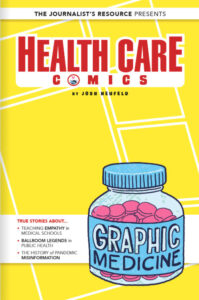
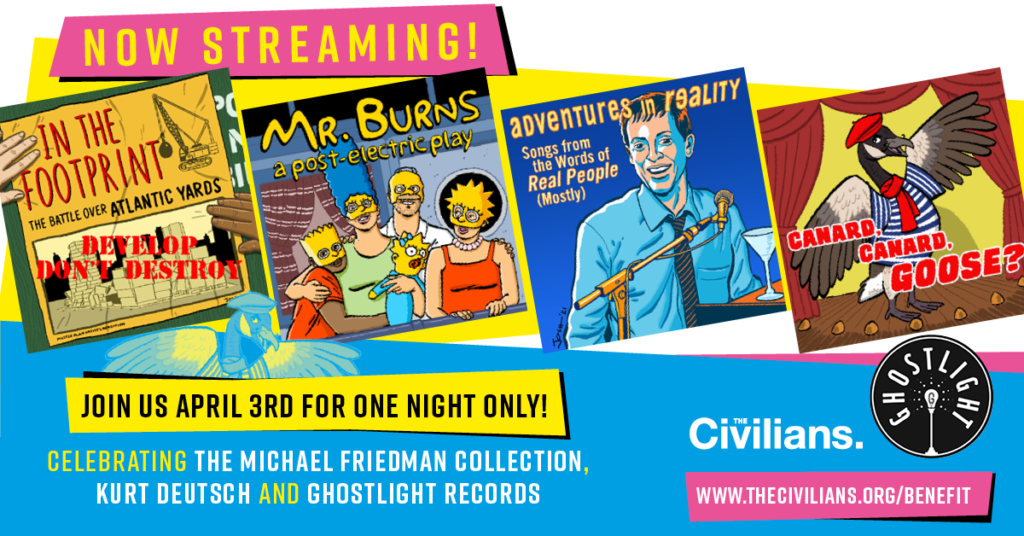
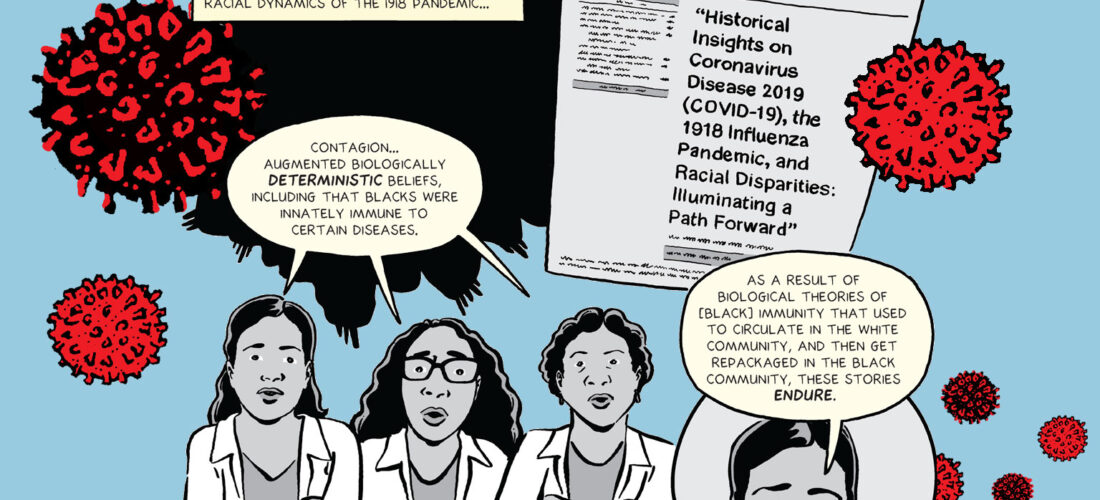
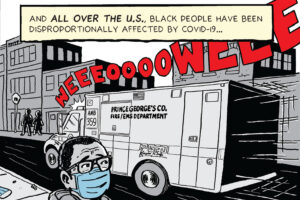
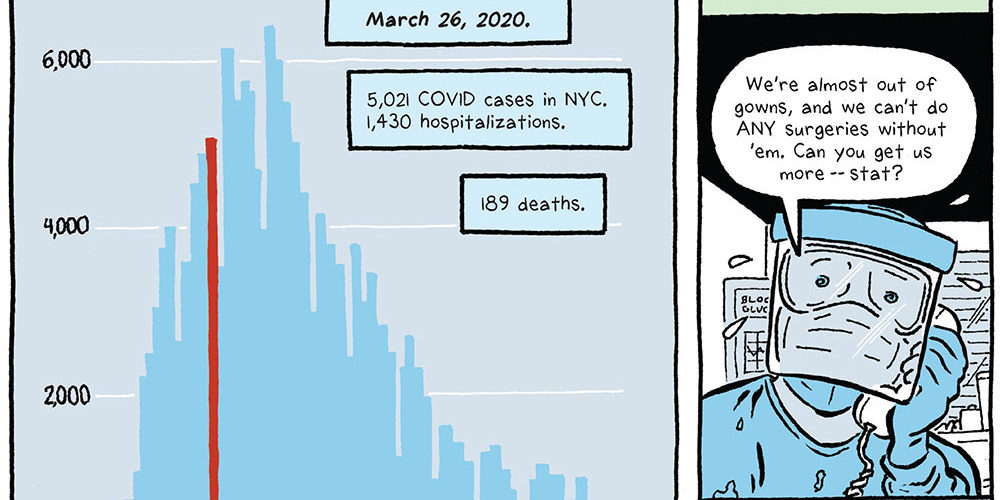
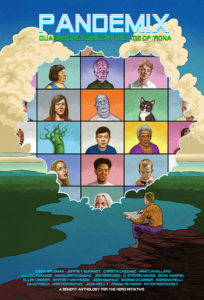
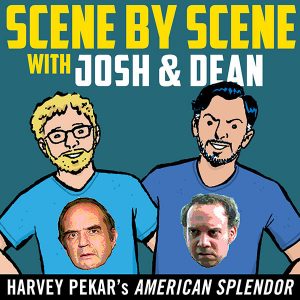
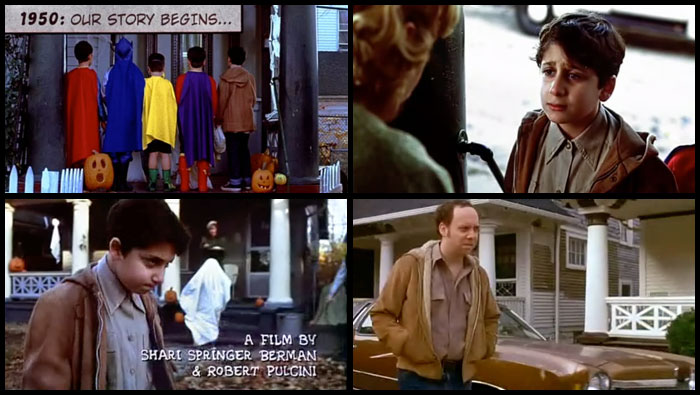
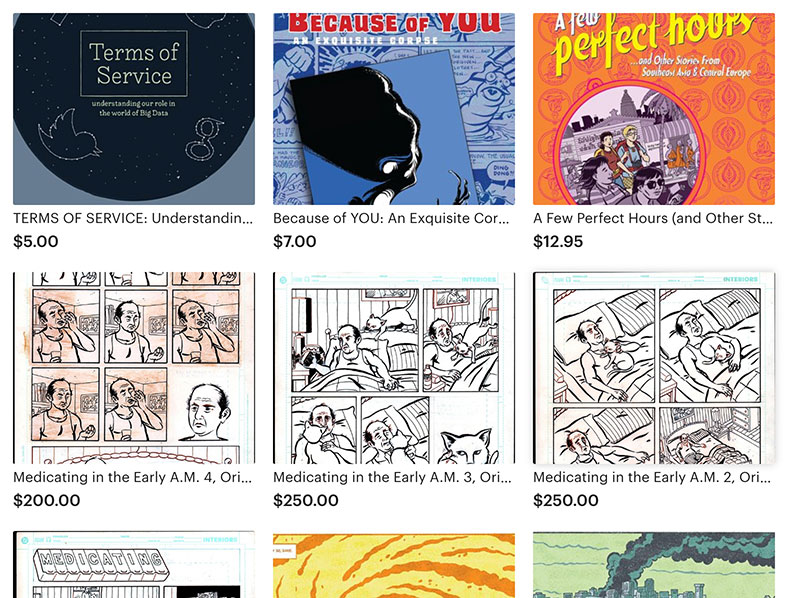

 My good friends at
My good friends at